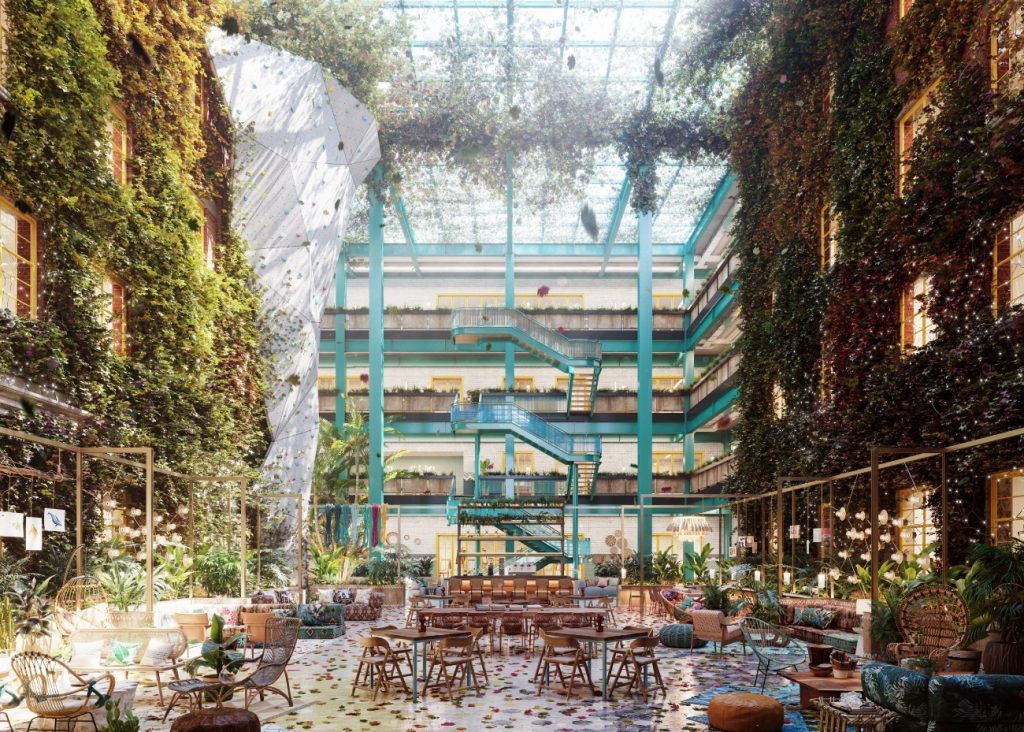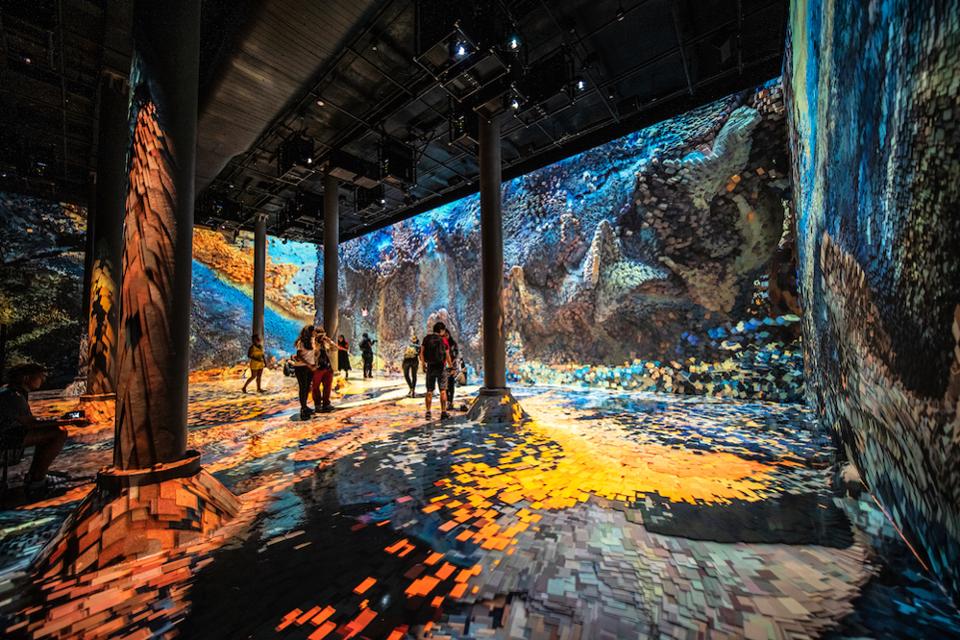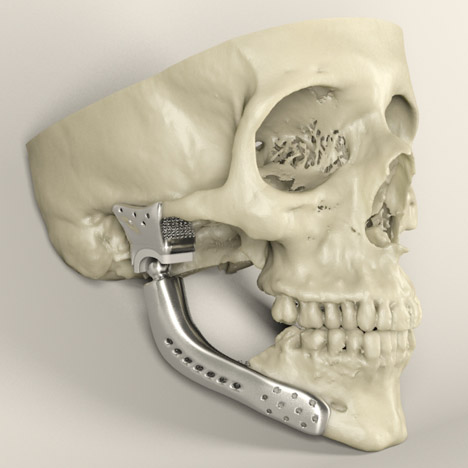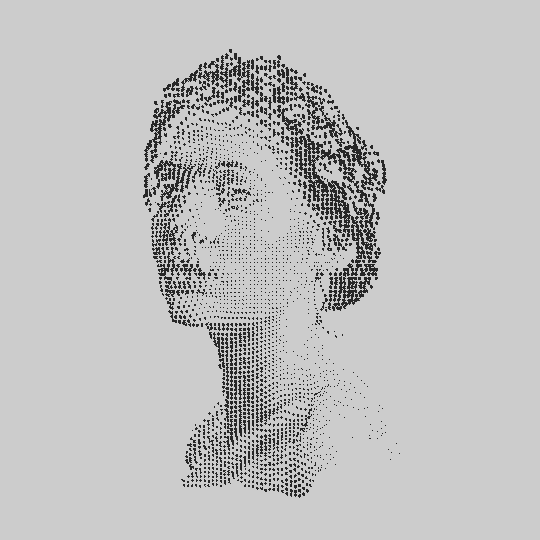3DQ is a digital agency based in Barcelona founded in 2015 by Diego Querol that does Interior Design and Architecture Computer Generated Images (CGI). The purpose of 3DQ is to make photorealistic renderings of interior spaces and architecture in order to help people visualize a project. The Coworking 2040, for example, was made using Corona Renderer, which makes design, composition, lighting and texturing and modelling. Corona Renderer can also edit the texture and lighting of a material real time with little rendering time.

The colorful and realistic renderings of the Coworking 2040 drew me to 3DQ. Being able to create a tool to visualize a space without actually creating it allows people to get a feel of the space without jeopardizing money or time. A lot of 3DQ’s projects are highly saturated and texturized, giving it an alluring and realistic glow.
![[OLD FALL 2019] 15-104 • Introduction to Computing for Creative Practice](https://courses.ideate.cmu.edu/15-104/f2019/wp-content/uploads/2020/08/stop-banner.png)







